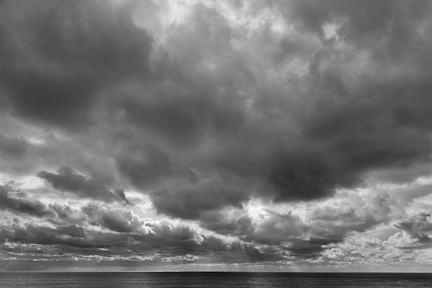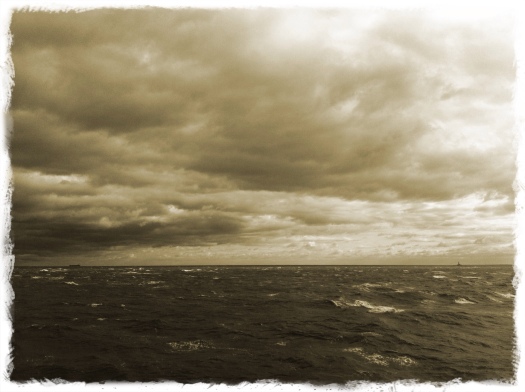I thought that it would be interesting to share here a pair of exercises that I did recently and one that I have continued with that is intended to help connect you with your story, your voice and your aesthetic.
As I mentioned previously we all see the world in a unique way and as a result we all have a different and interesting story to tell. One of the difficulties is owning that and being true to what you have to say.
Many of us haven’t spent the time to explicitly say – these are the things that attract me, these are the things that repel me, these are the things that I find energizing, these are the things that I find draining, these are the places that I feel most comfortable and in these places I feel uncomfortable. Exercise 1 – go do that! Carry a notebook around with you and make notes about where you are and why you’re responding in a particular way.
If that is the first exercise then the second is to acknowledge what photographers produce work that attracts and which produce work that repels you. Broaden that to include other visual artists, to designers – furniture etc., Then ask the question why they appeal or repel? Finally how is this aesthetic captured in your work.
Taking time to do these relatively simple exercises has helped shape my thinking about what I photograph and why. I suspect it may for you too.







